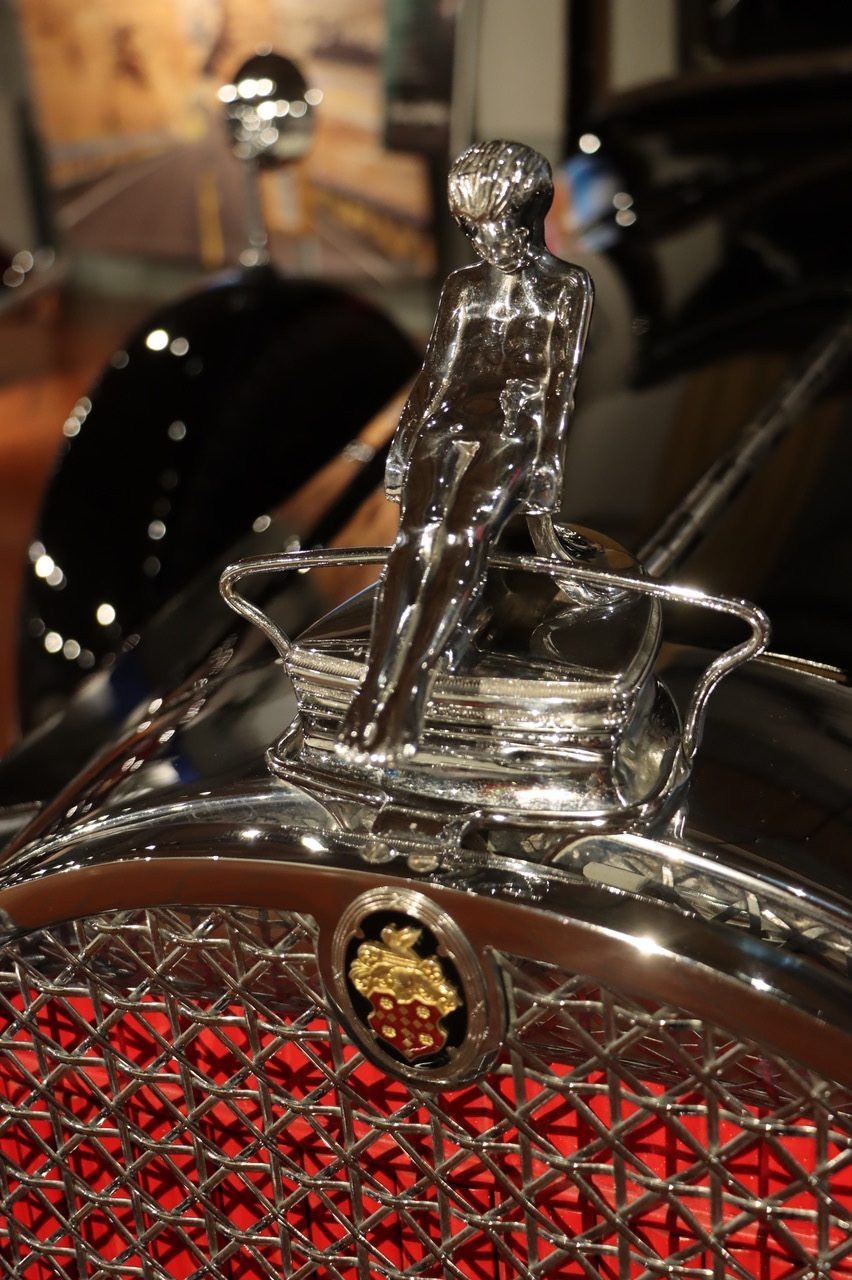Car of the Month: The 1930 Packard 745 Waterhouse Victoria

The United States in the 1930s saw a whirlwind of activity and milestone events. It marked the early stages of the Great Depression, the US Department of Veterans Affairs was established, the American astronomer Clyde Tombaugh discovered the planet Pluto, Babe Ruth signed a two-year, $160,000 contract with the New York Yankees, Kentucky Fried Chicken was founded, and the Chrysler Building — then the tallest man-made structure at 1,046-feet tall — opened to the public in New York City.
And it was against this backdrop that the Packard 745 Waterhouse Victoria was introduced. In the late 1920s, Packard was riding high on a wave of record sales and profits. Perhaps with some blinders on, and a faux sense of confidence due to this, Packard introduced its Seventh series in August of 1929 with little regard for the financial turbulence that was simmering.
The models ranged from the 726 and 733 standard eight, the 734 custom speedster, the 740 custom eight and the flagship 745 deluxe eight, of which only 1,789 were built. Packard offered a variety of coachwork options from their in-house body shop and also used a number of independent coach builders.
The image above features coach work by Waterhouse Company of Webster Massachusetts. Waterhouse was considered a boutique coach builder of exceptional and creative body styles. Founded in 1928 Waterhouse scored its first major customer with acquisition of a contract from DuPont.
Packard approached Waterhouse to build the coachwork for a car to be displayed at the 1929 Paris Salon Show. With a short 7 week lead time, all the larger coach builders declined the commission. Waterhouse beat the 7 week time frame by 2 days and Packard was so impressed by their design and quality that they continued to use them to build 100 bodies.
The Victoria body style, of which 5 were built on Packard 745 chassis, is considered the signature body style from Waterhouse. Sadly the Great Depression was hard on the luxury car market and Waterhouse closed the coach building business in 1933.
Total production for Waterhouse over their short 5 year coach building period was 296 - 82 for DuPont, 100 for Packard, 40 for Lincoln and the remainder for other makes.
Only 24 Waterhouse bodied cars are believed to exist to this day. Waterhouse reinvented themselves by switching to furniture manufacturing and later merged into Ethan Allen.
Packard Specs:
Inline 385 c.i., 106 h.p. naturally aspirated 8 cylinder engine
145.4” wheelbase
4 wheel drum brakes
4 speed manual transmission
4645# curb weight
3” Packard approved tubular front bumper with 32 candlepower driving lights
Factory price $4585.00 ($86, 227.93 adjusted for today’s dollars)